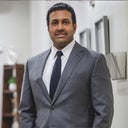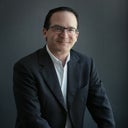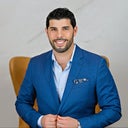Posted underBreast Implants q&a
Hi I'm 5ft and 95 lbs. I'm trying get 400cc HP - is that gonna be too big for me? (Photo)
Answers (11)
From board-certified doctors and trusted medical professionals
Dr. Vishnu Rumalla, MD

Dr. Vishnu Rumalla, MD
Board Certified Plastic Surgeon
Answer
Dr. Gary Lawton, MD, FACS

Dr. Gary Lawton, MD, FACS
Board Certified Plastic Surgeon
Answer
Dr. Adam J. Oppenheimer, MD, FACS

Dr. Adam J. Oppenheimer, MD, FACS
Board Certified Plastic Surgeon
Answer
Dr. Steven Wallach, MD
Dr. Steven Wallach, MD
Board Certified Plastic Surgeon
Answer
Dr. Tom J. Pousti, MD
Dr. Tom J. Pousti, MD
Board Certified Plastic Surgeon
Answer
Dr. Barry L. Eppley, MD, DMD
Dr. Barry L. Eppley, MD, DMD
Board Certified Plastic Surgeon
Answer
Dr. Peter E. Johnson, MD
Dr. Peter E. Johnson, MD
Board Certified Plastic Surgeon
Answer
Dr. Connie Hiers, MD, FACS
Dr. Connie Hiers, MD, FACS
Board Certified Plastic Surgeon
Answer
Dr. Robert Singer, MD
Dr. Robert Singer, MD
Board Certified Plastic Surgeon
Answer
More Breast Implants Questions
See all Breast Implants Q&AWE SEND PRETTY
EMAILS
What’s trending? Who’s turning heads? Which TikTok myths need busting? We’ve got you. No fluff, no gatekeeping—just real talk. Get our free, unfiltered newsletter.